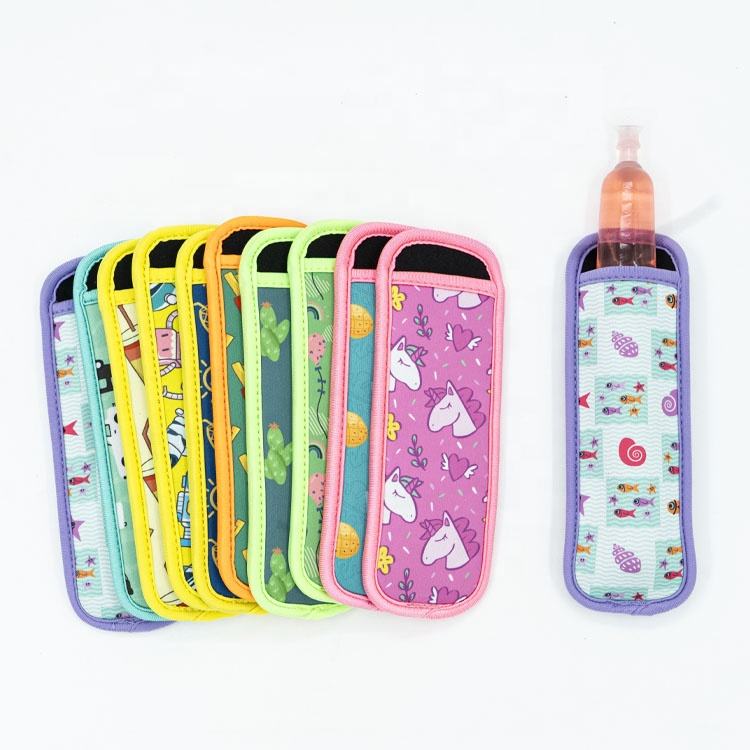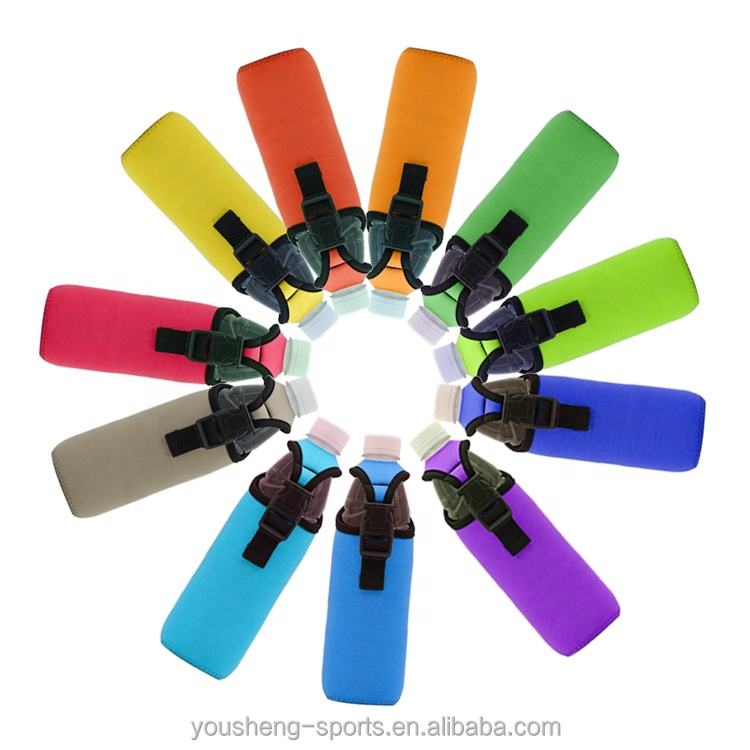Chloroprene rubber (CR), also known as chloroprene rubber, is an elastomer produced by alpha polymerization of chloroprene (i.e., 2-chloro-1,3-butadiene) as the main raw material. It was first made by Wallace Hume Carothers of DuPont on April 17, 1930. DuPont publicly announced in November 1931 that it had invented chloroprene rubber and formally introduced it to the market in 1937, making chloroprene rubber the first synthetic rubber variety to be industrially produced.
Chloroprene rubber properties.
Neoprene appearance is milky white, beige or light brown flakes or lumps, density 1.23-1.25g/cm3, glass transition temperature: 40-50°C, crumbling point: 35°C, softening point about 80°C, decomposition at 230-260°C. Soluble in chloroform, benzene and other organic solvents, swollen in vegetable oil and mineral oil without dissolving. 80-100°C can be used for a long time, with a certain degree of flame retardancy.
Neoprene rubber and natural rubber structure is similar, the difference is that the polar negative electric group in neoprene rubber replaces the methyl group in natural rubber, which improves the ozone resistance, oil resistance and heat resistance of neoprene rubber. In short, it has excellent weather resistance, ozone resistance, chemical corrosion resistance, oil resistance, etc. Its comprehensive physical and mechanical properties are also better. Therefore, neoprene is very versatile, both as a general-purpose rubber and as a special rubber.
The main physical and mechanical properties are as follows:
1.Strength of neoprene rubber
The tensile properties of neoprene are similar to those of natural rubber, and its raw rubber has high tensile strength and elongation at break, which is a self-reinforcing rubber; the molecular structure of neoprene is regular molecular, and the chain contains polar groups of chlorine atoms, which increases the intermolecular force. Therefore, under the action of external forces, it is easy to stretch and crystallize (self-reinforcing), and intermolecular slippage is not easy. In addition, the molecular weight is larger (2.0~200,000), so the tensile strength is larger.
2.Excellent aging resistance
Chlorine atoms attached to the double bond of neoprene molecular chain make the double bond and chlorine atoms become inactive, so the storage stability of its vulcanized rubber is good; it is not easy to be affected by heat, oxygen and light in the atmosphere, which shows excellent aging resistance (weather resistance, ozone resistance and heat resistance). Its aging resistance, especially weathering and ozone resistance, is second only to ethylene propylene rubber and butyl rubber in general-purpose rubber, and far better than natural rubber; its heat resistance is better than natural rubber and styrene butadiene rubber, and similar to nitrile rubber, it can be used for a short time at 150℃, and can be used for as long as 4 months at 90-110℃.
3.Excellent flame-resistance
Neoprene is the best general-purpose rubber, it has the characteristics of non-spontaneous combustion, contact with the flame can burn, but isolated flame is extinguished, this is because neoprene burning, the role of high temperature can be decomposed under the role of hydrogen chloride gas and make the fire extinguished.
4.Excellent oil resistance, solvent resistance
The oil resistance of neoprene rubber is second only to nitrile rubber and better than other general rubber. This is because the neoprene molecule contains polar chlorine atoms, which increases the polarity of the molecule. The chemical resistance of neoprene is also very good, except for strong oxidizing acid, other acids and alkalis have almost no effect on it. The water resistance of neoprene is also better than that of other synthetic rubbers.

What are the application areas of neoprene?
Neoprene is used in a wide range of applications, mainly for aging-resistant products, such as electric wires, cable skins, railroad track pillow pads, bicycle tire sidewalls, rubber dams, etc.; heat-resistant and flame-resistant products, such as heat-resistant conveyor belts, hoses, rubber sheets, etc.; oil-resistant and chemical-resistant products, such as hoses, rubber rollers, rubber sheets, automobile and tractor parts; other products such as rubber cloth, rubber shoes and adhesives, etc.
1.Wire and cable covering materials
Neoprene is sunlight resistant, ozone resistant, and has excellent non-flammability, is the ideal cable material for mines, ships, especially for making cable sheathing, but also often used for cars, aircraft, engine ignition wires, atomic power plant control cables, as well as telephone wires. With neoprene for the jacket of the wire and cable its safe use than natural rubber more than 2 times longer.
2.Transportation belt, transmission belt
Neoprene has excellent mechanical properties, very suitable for the production of transport belts and transmission belts, especially with its production of transmission belts better than other rubber.
3.Oil resistant hose, gasket, anti-corrosion Murari
Based on its good oil resistance, chemical corrosion resistance, heat resistance and other characteristics, neoprene is widely used in the manufacture of oil-resistant products and a variety of hoses, tapes, gaskets and chemical corrosion-resistant equipment lining, especially heat-resistant conveyor belts, oil and acid and alkali resistant hoses, etc.
4.Gasket, support pad
Neoprene has good sealing and flexing resistance, more and more automotive parts made of neoprene, such as window frames, hoses of various gaskets, etc., but also used as a bridge, mine lift truck, oil tank support pad.
5.Adhesive, sealant
Neoprene adhesive made of neoprene rubber as the main raw material has good flexibility, and aging resistance, chemical resistance and oil resistance, and high bonding strength.
Neoprene latex does not contain organic solvents, so it has obvious advantages in safety and health, where carboxyl neoprene can be used as an adhesive for rubber and metal. Chloroprene rubber has polarity, so the bonding substrate has a wide range of application, mainly for glass, iron, hard PVC, wood, plywood, aluminum, a variety of vulcanized rubber, leather and other adhesives.
6.Other products
Neoprene is also widely used in the field of transportation and construction. Such as the use of neoprene foam seat cushion in the bus and subway car, can prevent fire; aircraft, with natural rubber and neoprene blends to make oil-resistant parts; engine with rubber parts, gaskets, seals, etc.; construction, used in high-rise building gasket, both safe and shockproof; neoprene can also be used as artificial embankment, interceptor on the giant seal, printing, dyeing, printing, paper and other industrial rubber rollers Neoprene can also be used as air cushion, air bag, life-saving equipment, adhesive tape, etc.
Post time: Oct-20-2022

